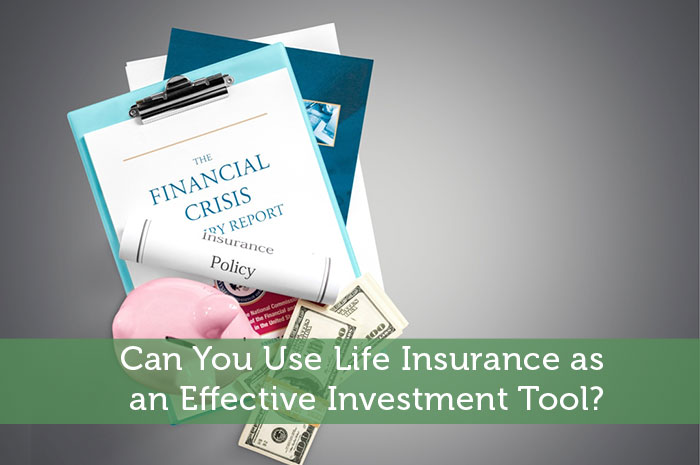The primary reason that most people invest in life insurance is to provide financial security to their loved ones in case of an early death. However, it also works as a powerful investment and retirement planning tool, since certain plans can build sizable cash value during your lifetime.
You can withdraw this cash value to pay for unexpected expenses, borrow against it when you need a loan, and enjoy higher returns from your policy if you leave it to grow. We’ll look at what different kinds of life insurance offer and how you can use them as effective forms of investment.
Permanent Life Insurance Plans Offer Investment Benefits
Whole, universal and variable life insurance policies are all different kinds of permanent insurance.
These plans accumulate some form of a cash value against the premiums you invest in them. This cash value is not a fixed amount that remains unchanged, but one that offers a positive rate of return over the years. Interest gets re-invested, offering you the benefit of compounded growth, as well as guaranteed death benefits for your loved ones.
Here are some other financial benefits to consider:
- The funds in these policies grow on a tax-deferred basis.
- The policy remains in force as long as premiums are paid.
- The cash value can be borrowed against, without taxes or penalties.
- You can make withdrawals from the cash value in a financial emergency.
Here’s how different kinds of permanent life insurance can help you meet your investment goals:
1. Whole Life Insurance
When you invest in a whole life policy, the plan accumulates a cash value from the premium payments you make. You also enjoy the security of guaranteed death benefits for your family if you’ve been making premium payments and the policy is active.
Here are some other benefits to take into account when you’re considering whole life insurance as an investment tool:
- The cash value acts as a savings vehicle where your funds can grow on a tax-deferred basis.
- Cash value growth is guaranteed, based on a minimum rate that’s fixed at the time you buy the policy.
- With a positive rate of return over the long term, the cash value can grow higher than the total premiums you’ve invested.
- You receive income in the form of dividends, which increases as the cash value in the policy grows over time.
- Dividends can be used to pay part of the next premium, invested in additional insurance, or even paid out to you at regular intervals.
Recommended Insurance Posts:
2. Universal Life Insurance
Universal life plans are very similar to whole life insurance, with a minimum rate of return and tax-deferred growth. The interest can also be higher based on market performance and standard interest rates. However, the difference is that it can be funded with flexible premiums instead of fixed ones. When you’re using universal life insurance as an investment, the trick is to invest more than the cost of your insurance into the policy. Here’s why:
- The excess funds will continue to accumulate as part of the policy’s cash value, but earn interest based on current rates.
- The growth of the cash value is tax-deferred, effectively offering you a higher rate of return on your investment if you’re in a higher tax bracket.
- Withdrawals from (and loans taken against) the policy are tax-free, so you can invest these funds as you like (leaving enough behind for the cash value to keep growing).
3. Variable Life Insurance
This type of insurance is very similar to universal life insurance, since the premiums are flexible rather than being fixed. These are invested in different financial vehicles, and returns are dependent on the performance of those funds.
The returns from these plans can be as high as other investment accounts, especially when the funds they are linked to perform well in the market. In addition, returns are tax-deferred, so they can also provide an effectively higher net gain than other investments.
Understanding how life insurance works is an essential part of maximizing the benefits you get from your investment. Take the time to explore your options before you decide!
Author Bio: Joel Zimmerman is an experienced financial advisor and his areas of specialization include retirement planning and risk management. When Joel is not working with clients, he is busy creating informative blogs and whitepapers.






Typically life insurance should not be used as an investment tool. Permanent products can be useful if you want lifelong protection and have a large estate that could benefit from the tax factors of life insurance – but it’s main selling point should not be touted as an investment tool. Life insurance is, above all, financial protection for those who depend on the insured person’s income.
U.S. News has a good article regarding this: https://money.usnews.com/money/personal-finance/mutual-funds/articles/2015/08/14/a-question-of-premium-is-life-insurance-a-sound-investment
The article does a fine job of simplifying how cash values work, however, which can often be very confusing.